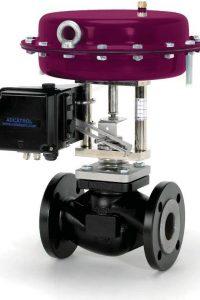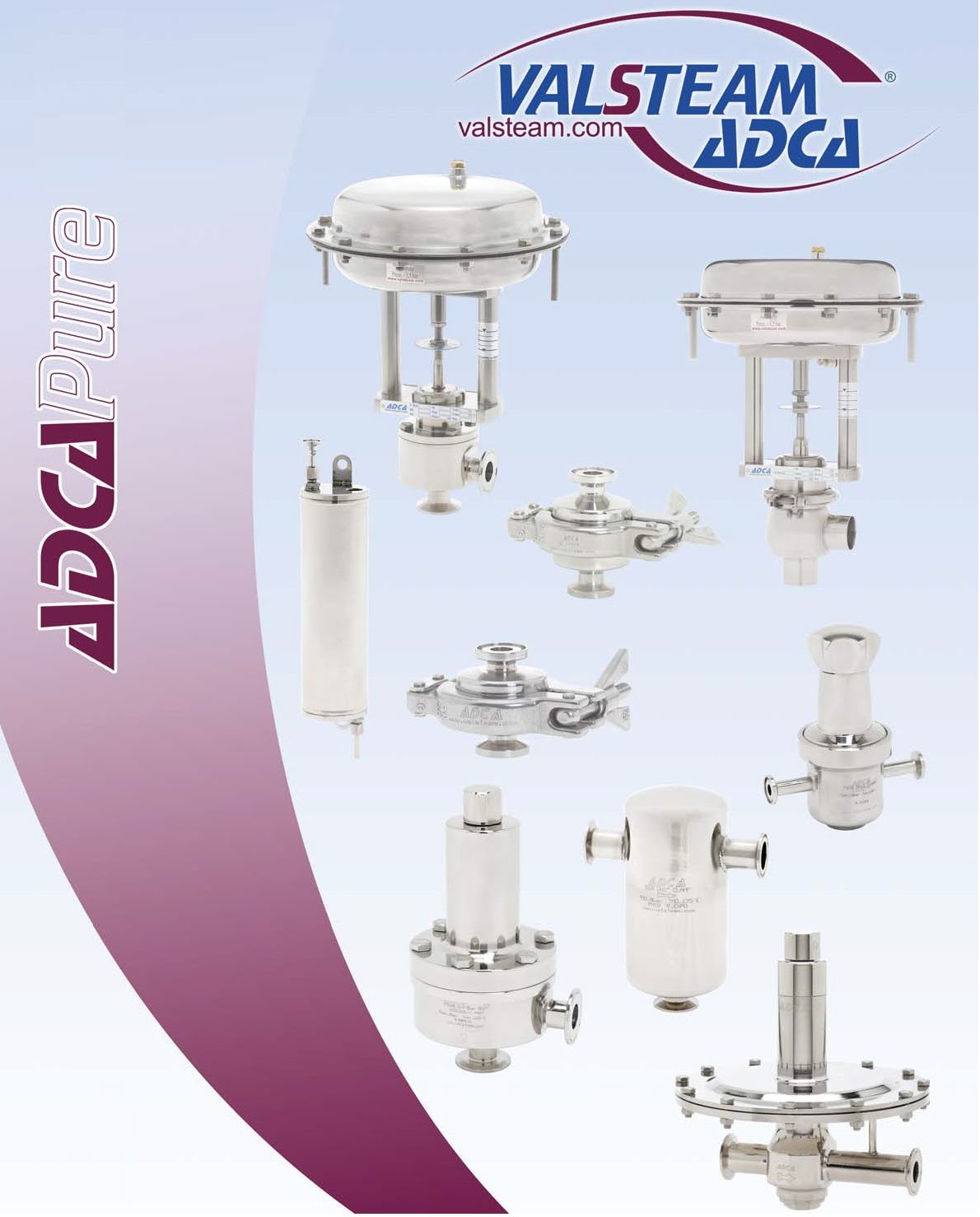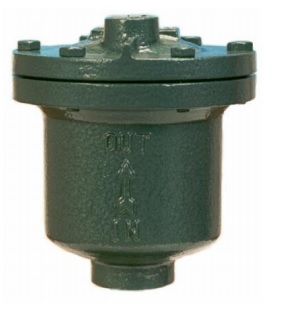
Why you should use globe valves for steam applications
When considering the industry standard for steam control, we often look toward the globe valve. As globe valves excel at regulating flow, they are the most commonly used control valve for modulating purposes. Because of this, globe valves are often our go-to recommendation for steam applications. In this informative article, BM Engineering discusses why globe valves should be considered as the actuator of choice for steam applications.
Explaining globe valve operations
Before we begin, let’s quickly cover globe valve operations. Typically, globe valves are used for regulating flow in pipelines. Instead of having the “all or nothing” approach of a gate valve, globe valves regulate by the position of a moveable disk (or plug) in relation with the stationary ring seat.
The most standard operation for a globe valve is throttling flow control. They are designed to stop, start and regulate the flow of a particular media in linear motion. However, they also can cater to changes in direction which results in greater resistance to flow and higher pressure drops.
While they are an excellent choice for on-off services, they are much better suited for frequent cycling and control of media anywhere in amount of volume between the open and closed positions. The complexity of globe valves are quite extensive and can therefore cover a wide range of flow ranges in various applications. One of these various applications, is steam control.
Globe valves for steam applications
When considering a control valve for steam applications, temperature and pressure should play an important role in your decision-making. The higher both of these are within your chosen application, the more this affect the steam and the valve in place.
Whereas most other valves would see the steam break through and tear it apart, the globe valve offers greater resiliency and could theoretically last for years in some applications. For example, the most commonly compared valve type alongside globe valves are gate valves.
Both valve types have the same purpose, to control the flow of media. However, gate valves should always be left either open or closed. If gate valves were to be left partially open as globe valves are, they would eventually be rendered useless. In addition, gate valves would not be well suited for throttling as this would result in excessive wear, due to wire drawing and seat erosion. Similarly, ball valves would also succumb to damage if they were left partially open in steam applications as they lack the fine controlling that globe valves offer.
Additional advantages which globe valves have in steam applications is the ability to reduce flow with accuracy. They are widely used to obtain a flow which can be calculated with precision which would be beneficial for steam control.
Steam control valves from Valsteam ACD
For optimal control in steam applications, we would recommend globe valves from Valsteam ACDA. With a wide range application range, they would be well suited for steam applications due to the ability to work well with non-corrosive fluids. Because of their large surface area, diaphragm style actuators such as the PV25 allow for precise steam control.
Leading globe valve suppliers
At BM Engineering, we supply globe valves for a wide variety of applications. We stock globe valves up to six-inch in size and can supply many size or material variants on a next day basis.
To purchase globe valves in Scotland and the UK, or to learn more about our range of control valves, get in touch with BM Engineering Supplies today on 0141 762 0657 or via email on sales@bmengieering.co.uk.



